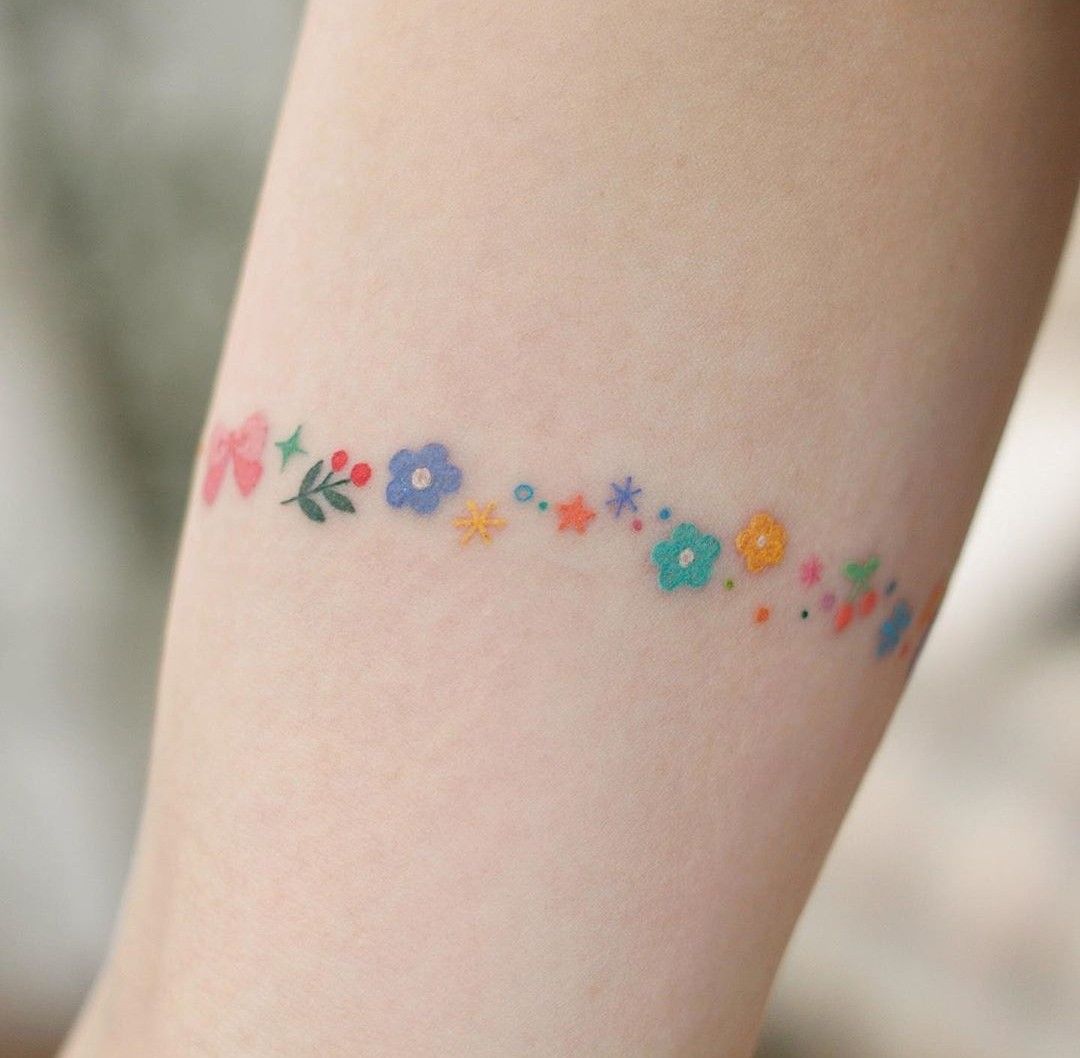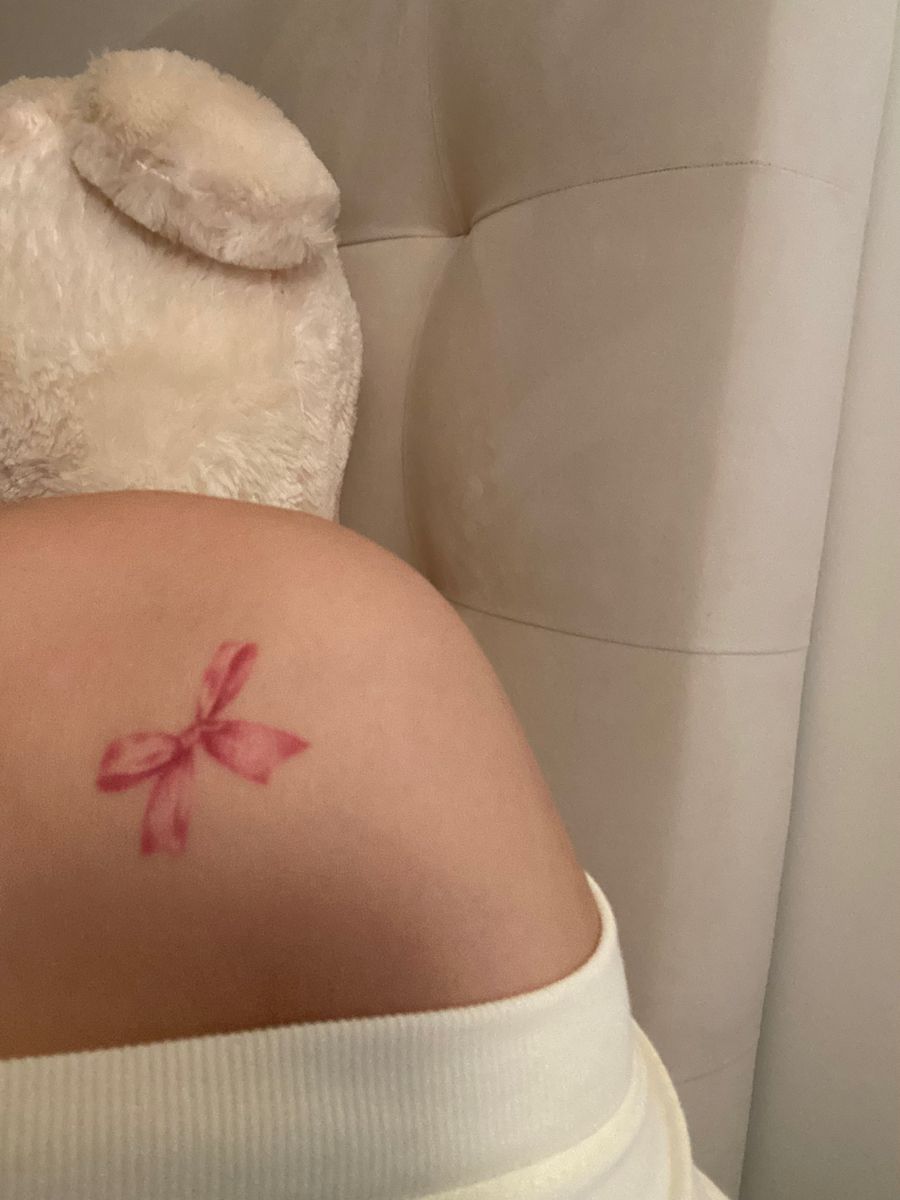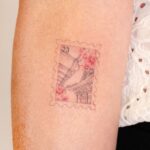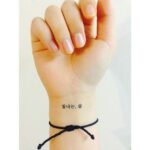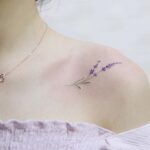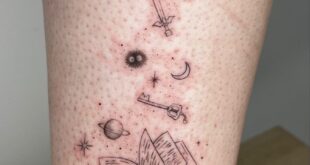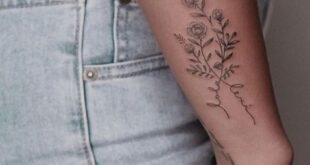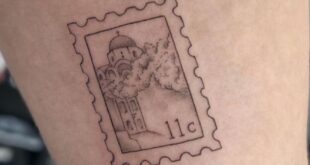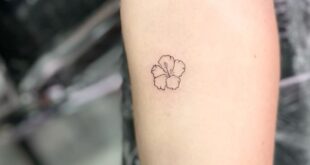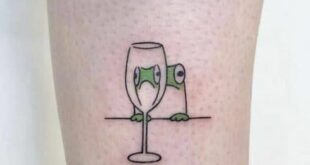Tattoos have long been a form of expression and art in many cultures around the world. In recent years, the popularity of tattoos in Korea has been on the rise, with a growing number of people opting to get inked.
Korean tattoo culture has a rich history, dating back thousands of years. In ancient Korea, tattoos were seen as a form of punishment for criminals and slaves. However, in modern times, tattoos have become a means of self-expression and a way to showcase one’s personality and beliefs.
One of the most popular styles of tattoos in Korea is traditional Korean designs, which often feature intricate patterns and symbols that hold cultural significance. These designs can include motifs such as dragons, tigers, and flowers, each with their own meanings and symbolism.
In addition to traditional Korean designs, many people in Korea also opt for more modern and Western-style tattoos, featuring popular motifs such as animals, quotes, and symbols. Some people choose to get tattoos that reflect their personal interests or beliefs, such as music, literature, or political statements.
While tattoos are becoming more accepted in Korean society, there is still some stigma attached to them, particularly in more conservative parts of the country. Many establishments, such as public bathhouses and schools, still have policies against visible tattoos, which can make it difficult for people with tattoos to fully express themselves.
Despite these challenges, the Korean tattoo scene continues to thrive, with talented artists creating beautiful and unique designs for their clients. Many tattoo shops in Korea have gained international recognition for their work, attracting clients from around the world who are eager to get inked by Korean artists.
Overall, tattoo culture in Korea is a vibrant and growing community that celebrates both traditional and modern designs. As attitudes towards tattoos continue to evolve, more and more people in Korea are embracing this form of self-expression, making it a thriving and exciting part of Korean culture.
 innstyled Tattoo Ideas
innstyled Tattoo Ideas
